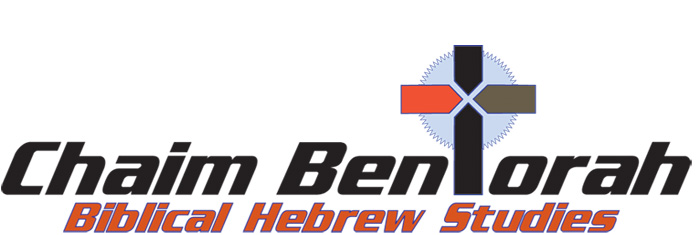Good Morning Yamon Ki Yesepar and Nevim Arith Hayomim:
Mark 12:16: “And they brought it and he said unto them: ‘Whose is the image and inscription?’ and they said unto Him, ‘Caesars.’”
Talmud, Sanhedrin 38a: “Adam, the first human being, was created as a single person to show forth the greatness of the Ruler Who is beyond all Rulers, the Blessed Holy One. For if a human ruler (like the Roman Emperor) mints many coins from one mold, they all carry the same image, they all look the same. But the Blessed Holy One shaped all human beings in the Divine Image as Adam was shaped in the Divine Image (Gen.1:27), b’tzelem elohim, ‘in the image of God.’ And yet not one of them resembles another.”
The rabbis just prior to Jesus day drew an analogy between the image that a human ruler puts on the coins of the realm and the image that the God puts on the man “coins” of mankind. The very diversity of human faces shows forth the unity and infinity of God, whereas the uniformity of imperial coins makes clear the limitations on the power of an emperor.
These troublemakers who came to Jesus were Pharisees who knew oral tradition very well and as Pharisees they would have had the whole Sanhedrin passage of Oral Tradition (later the Talmud) memorized and in fact most likely taught from that passage. In laying a trap for Jesus they did not realize they were walking into their own trap. By asking Jesus if they should pay tribute to Caesar they were hoping to undermine his teachings. You see to the Jews of that day paying a tax day was considered paying a tithe. You give 10% as a tax to the temple to keep it functioning, but it was considered as giving to God. If you paid a tax to Caesar it was considered as a tithe to Caesar and thus to pay a tax to Caesar was in a sense worshipping Caesar, but to not pay a tax to Caesar was also breaking the law of the land which Hebrew law said was also sinful. You pay the tax you sin, you don’t pay it you sin. How is Jesus going to get out of this one?
Jesus too, was a master of oral tradition. I can just picture Jesus lovingly putting his arm around the troublemaker and asking: “And whose Image in on the coin?” We don’t know what the troublemaker answered if he even answer at all. The troublemaker might have muttered some answer, but he made a quick exit. It was not until after that exchange that Jesus says: “Give unto Caesar that which is Caesar’s and unto God the things that are God.” By this time that phrase would have been almost rhetorical. I am sure there must have been a lot of snickering going on over how Jesus so quickly and easily turned the tables on the poor rabbi.
Jesus not only avoided the question and evaded the dilemma, he answered in a way that is much more radical than if he had said: “Pay the tax,” or “Don’t pay the tax.” Jesus did not propose dividing up the turf between the material and the spiritual, which is what the troublemaker was trying to force Jesus to do, Jesus just merely redefined the issue.
The response of Jesus is also very important to us today, especially in light of our economic situation. For this troublemaking rabbi knew this popular teaching from Oral Tradition as much as any Jew standing around listening to this exchange. Most rabbis at one time or another made the comparison of God’s image on Adam to the emperor’s image on coinage. That is why I believe Jesus put his arm around his fellow rabbi and basically said: “Give your whole self to the One Who has imprinted divinity upon you! – You, who are one of the rabbis, my brother rabbi – you know the point of this story, you’ve taught this story. All I’m doing is reminding you.”
George Washington is imprinted on a piece of paper that you use to buy dinner. Yet, the Master of the universe is imprinted on you that gives you eternal life. Which will you give yourself to, George or God?
The message of Jesus 2,000 years ago is just as powerful today. Give your whole self to the One Who is imprinted on you. That dollar bill doesn’t belong in God’s world. Just let the world have what belongs to them and let God have what belongs to Him, ie., YOU.







Amen